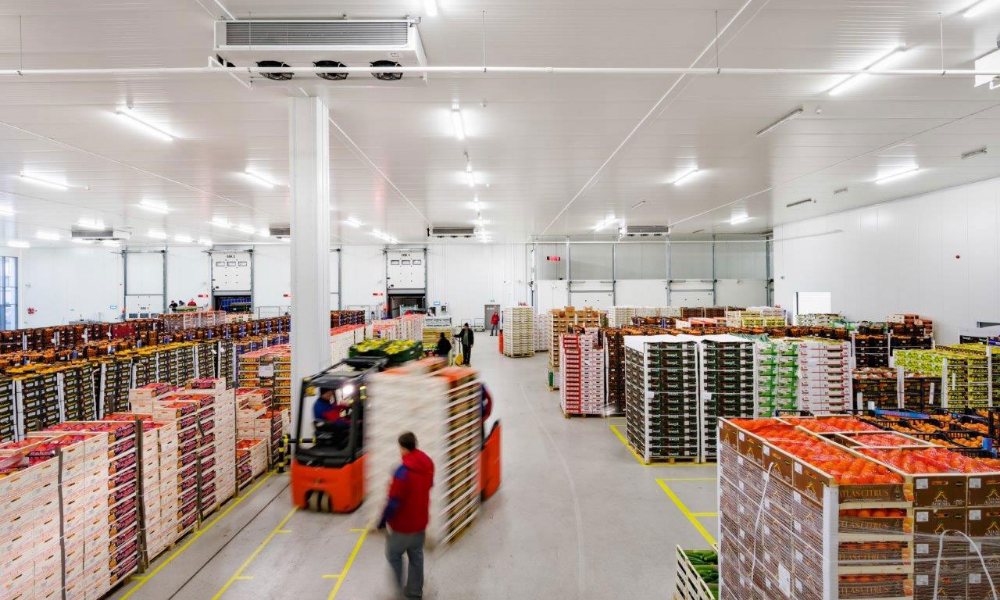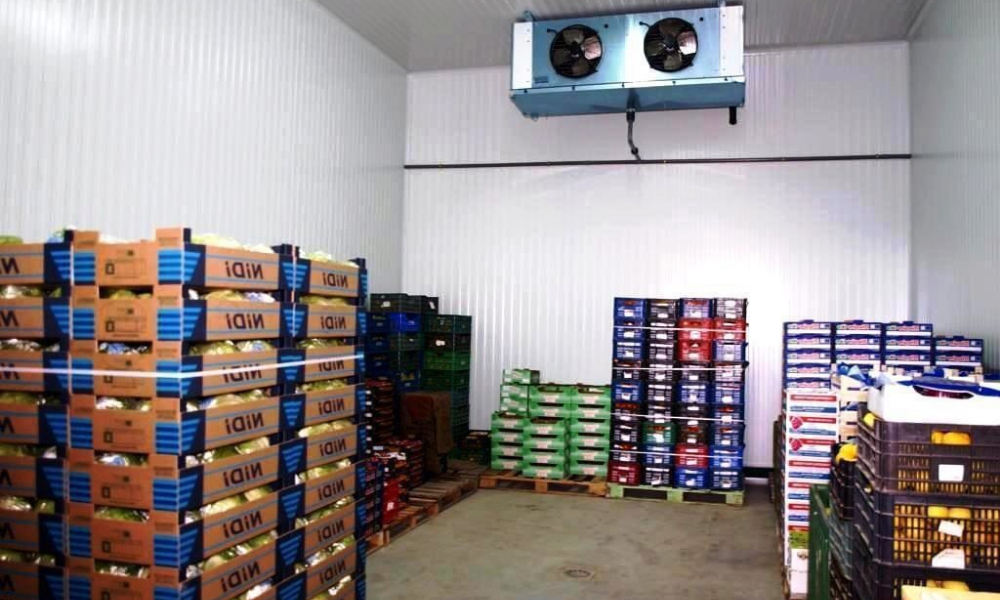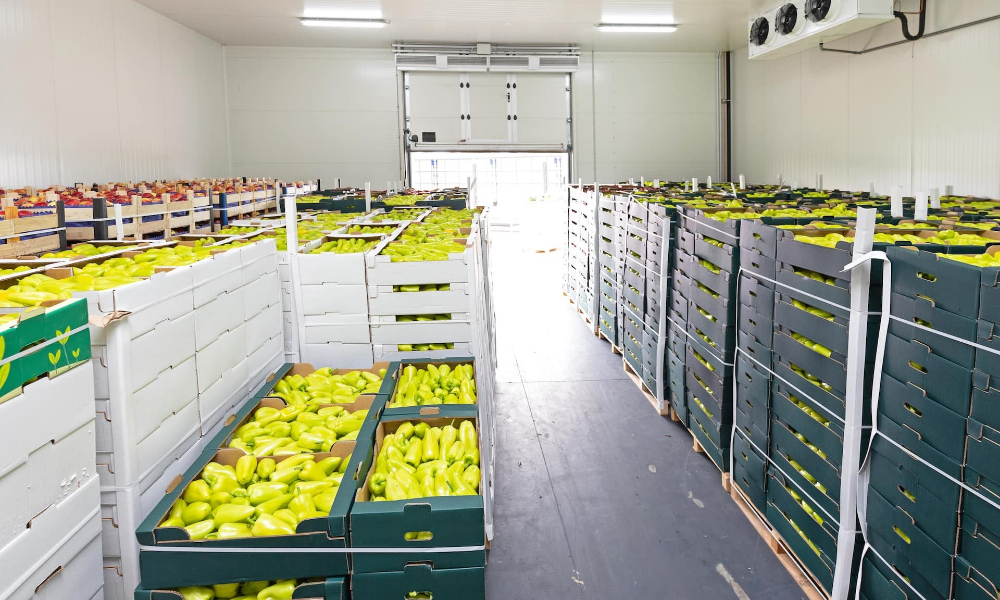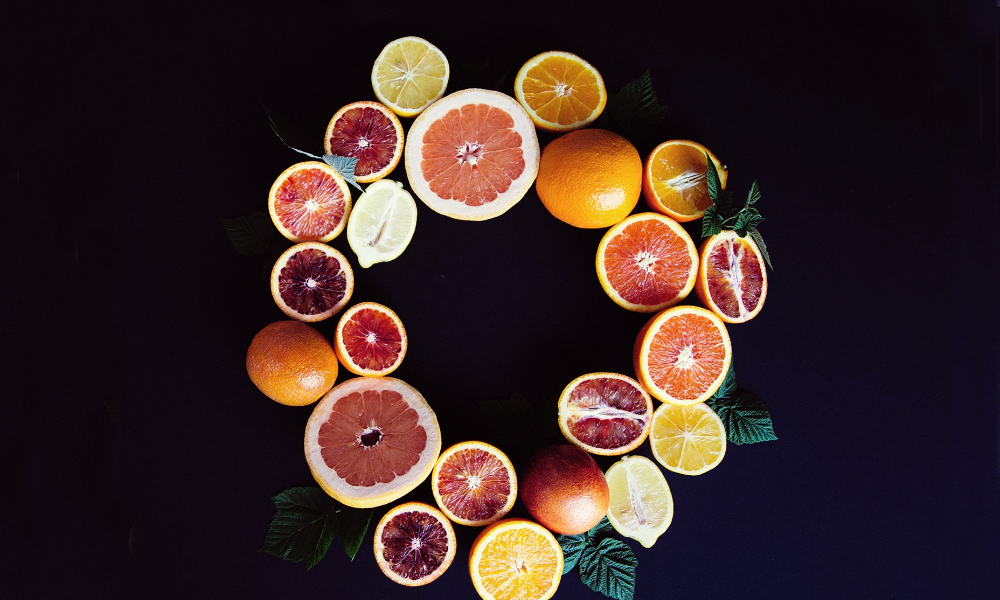Key Points Regarding Citrus Cold Storage
Storing citrus fruits and other agricultural products under ideal conditions is essential to maintain their quality and extend their shelf life. Cold storage plays a vital role in ensuring the quality of citrus fruits from farm to market. In this article, we will thoroughly examine the conditions for storing citrus fruits in cold storage and their impact on maintaining product quality.
Ideal Conditions for Citrus Cold Storage Cold Storage
Temperature for Citrus Fruits The suitable temperature range for storing citrus fruits is from 0 to 10 degrees Celsius, varying by type:
- The recommended storage temperature for oranges is between 0 to 4 degrees Celsius.
- For grapefruits, a temperature range of 3 to 5 degrees Celsius is suitable.
- Sweet lemons and tangerines can be stored at higher temperatures than other citrus fruits, from 7 to 10 degrees Celsius.
1. Agricultural Engineering
Storing citrus fruits at inappropriate temperatures can cause various issues affecting their quality, taste, flavor, and healthiness.
Storing at temperatures lower than the suitable range can lead to frostbite, browning of the skin, loss of water and flavor, and a soft texture. Low temperatures can delay the ripening of citrus fruits, causing them to become sour and inedible. On the other hand, storing at higher temperatures can result in rapid ripening, excessive softening, loss of flavor and aroma, decay, accelerated growth of bacteria and fungi, and reduced nutritional value.
2. Biological and Microorganism Engineering:
A fruit is a living entity and breathes like any other living being. During the respiration process, the fruit consumes oxygen and produces carbon dioxide and heat. The respiration rate depends on the ambient temperature and decreases at lower temperatures. A slower respiration rate leads to reduced oxygen consumption, lower carbon dioxide production, and less heat generation. Slower respiration can help maintain the quality of citrus fruits for a longer period.
At temperatures below 10 degrees Celsius, the growth of most microorganisms significantly slows down. However, some microorganisms, such as molds, can continue to grow even at low temperatures.
- Chemical Engineering
At cold storage temperatures, biochemical processes such as ripening and decay occur at a slower rate. Citrus fruits are acidic with a pH between 3.5 to 4.5. In cold temperatures, the pH balance remains almost constant. Maintaining pH balance is essential for preserving the color, flavor, and texture of citrus fruits.
Humidity
The optimal relative humidity for storing citrus fruits in cold storage is between 85 to 95 percent. Maintaining humidity within this range is crucial for preserving the freshness, crispness, flavor, and quality of citrus fruits for an extended period. Humidity can be controlled in the cold storage using various methods, such as employing dehumidifiers, adding water, or using monitoring systems.
- Microbiology
Microorganism growth can lead to decay, disease, and loss of quality in citrus fruits. Microorganisms rapidly grow and multiply in warm and humid conditions.
- Bacteria: Bacteria need enzymes to perform vital processes like respiration, reproduction, and movement. Enzyme activity significantly decreases at low temperatures. The bacterial cell membrane, made up of phospholipids, changes its structure at low temperatures. Changes in membrane structure can disrupt essential bacterial functions like nutrient absorption and waste elimination.
- Fungi: Fungi require various enzymes for growth and reproduction. Cold temperatures reduce the activity of these enzymes and prevent fungi growth and reproduction. Most fungi need temperatures between 15 to 30 degrees Celsius for growth. Additionally, cold temperatures can increase the resistance of citrus skins to fungal penetration.
- Yeasts: Yeasts use sugar to produce energy. At low temperatures, the cellular respiration process, which breaks down sugar, slows down. Reduced sugar levels help slow down yeast growth. Adhering to hygiene tips like washing the fruits before storing them in cold storage, using clean and dry containers, and separating damaged fruits can prevent yeast growth.
- Food Engineering and Packaging
Citrus fruits should be packed in sturdy cardboard boxes or mesh plastic containers. Materials like shredded paper or wood shavings can be used to protect the fruits from impact. The packaging should have enough ventilation for air circulation.
- Packaging Type: Various packaging types such as plastic containers, polyethylene bags, wooden baskets, and cardboard boxes should be used.
- Packaging Features: The packaging should be sturdy and durable while fitting the size of the fruit. For protection against moisture or long-term storage, use waterproof packaging and antimicrobial-coated packaging, respectively.
Ventilation and Ethylene Monitoring or Control
The ethylene production rate in citrus fruits depends on the fruit type, ripening stage, and environmental conditions. Generally, citrus fruits produce the most ethylene in the final ripening stages. Some citrus fruits like grapefruits and oranges produce more ethylene than others like lemons and tangerines.
Problems arising from uncontrolled or unmonitored ethylene can increase the costs of storing and selling citrus fruits.
Proper Ventilation Strategies in Citrus Cold Storage General Tips
- Use ceiling or wall fans to create airflow in the cold storage. Ensure the fans' placement is such that air does not blow directly on the fruits. Control air circulation by adjusting fan speeds (variable speed fans) or opening and closing air vents.
- Air Vents: Air vents should be positioned so that air does not blow directly on the fruits. They should be regularly cleaned to prevent airflow blockage.
- Proper Arrangement: Space should be such that air circulates evenly between the packages, cooling the fruits easily while preventing ethylene buildup around the fruits.
Tips like not placing packages on the ground and using wooden or plastic pallets are crucial.
Ethylene Control The optimal method for controlling ethylene in cold storage depends on various factors such as the type of citrus fruits, cold storage volume, and budget. Methods like using ethylene absorbers, changing packaging to less permeable types, and separating ripe fruits from unripe ones can reduce the impact of ethylene.
Design and Technology of Modern Cold Storage for Citrus Fruits
Many modern methods have been developed to maintain the quality of citrus fruits during storage.
- Modified Atmosphere: This method uses a specific gas mixture to reduce ethylene concentration in the cold storage, delaying fruit ripening.
- Post-Harvest Technologies: Pre-cooling to remove field heat, radiation, and using disinfectants fall under this category.
- Artificial Intelligence: AI is used to predict fruit ripening and identify damaged fruits, leading to better cold storage management and reduced waste.
- Nanotechnology: Nano coatings are used to reduce the permeability of fruits to gases and water vapor, preventing decay.
Benefits of Storing Citrus Fruits in Cold Storage
1.Increased Storage Period
Cold storage significantly reduces the spoilage and decay rate of citrus fruits by lowering the ambient temperature. This allows the fruits to remain fresh and high-quality for a longer period.
2.Preserving Flavor and Aroma
Low temperatures reduce the activity of enzymes responsible for changing flavor and aroma.
3.Easier Transportation
Citrus fruits stored in cold storage are firmer and more resistant to damage, making transportation and storage easier.
4.Market Supply Regulation
Cold storage allows for the regulation of citrus fruit supply to the market, preventing price fluctuations.
Technical Specifications and Important Issues of Citrus Cold Storage
Temperature and Humidity : Control Controlling and maintaining the temperature and relative humidity within the optimal range is the most fundamental principle that must be adhered to in citrus cold storage.
Ventilation and Ethylene Control Systems: Proper ventilation ensures adequate heat transfer conditions between the fruit and cold storage air, preventing ethylene accumulation in different parts of the cold storage.
Cold Storage Cleaning: The cold storage should be regularly cleaned and disinfected to prevent bacterial growth and other microorganisms. Dust presence may cause blockages and disrupt optimal airflow.
Periodic Inspection: Citrus fruits should be regularly inspected to promptly identify signs of decay or disease. Damaged fruits should be immediately removed from the cold storage. By following these tips, citrus fruits can be stored for a longer period in cold storage, ensuring their quality, flavor, and freshness.





